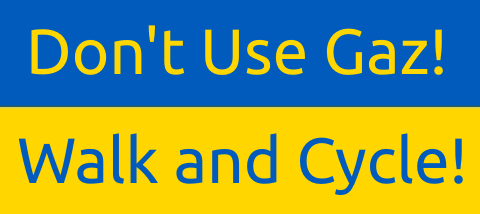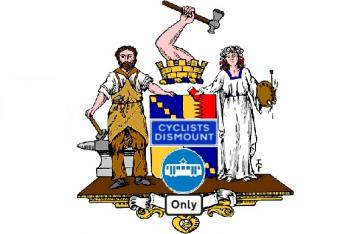
Whilst birminghamcyclist.com was still on the net, there were numerous posts complaining that it is getting harder and harder to cycle across the city centre. Earlier this year I emailed Liz Clements, who is chair of the transport scrutiny committee at Birmingham City Council, documenting my own experience, with particular reference to the effect of the tram. This blog post is largely the same as what I told Councillor Clements.
This subject has become very topical again, as Push Bikes has learned that whilst Greater Manchester is using government money to promote cycling, from the same pot the West Midlands will be ploughing even more money into the tram. Since per passenger kilometre tram projects are vastly more expensive than even first class cycling projects, the expenditure in Manchester will be vastly more effective and useful. Even if all the published plans and pipe dreams for the West Midlands tram come to pass, it will only ever provide transport covering a tiny fraction of Birmingham. Across the West Midlands its contribution to transport will continue to be infinitesimal. At present more journeys in the West Midlands are cycled than are undertaken using the tram, and the hundreds of millions of pounds being lavished on the tram will not change that. Personally I have never used the tram, and it is highly unlikely I will ever use it, because neither the existing lines nor the planned lines allow me to make any journey I make, or any journey I have ever made in Birmingham. The planned extensions would partially coincide with a journey I occasionally make by train, but why would I or anyone else swap a relatively convenient journey for one that is less convenient and slower? The only conceivable tram journey I can imagine myself making would be New Street to Curzon Street, if I had awkward luggage. And if all that wasn't bad enough, the tram in Birmingham is an impediment to cycling, a form of transport that we know, both from experience and from the Sustrans Birmingham Bike Life report, would be used my many people if there was ubiquitous cycling infrastructure of reasonable quality.
The fundamental problem with tram tracks is that cycle wheels can get trapped in them, causing the person riding the bike to be thrown to the ground. This has resulted in many injuries, and even death. This problem is exacerbated when the track is wet, because water acts as a lubricant between rubber and steel. There are two means of dealing with this. One is to use a product called VeloSTRAIL. Whilst a STRAIL product has been used to facilitate a grassed section of the tram track, VeloSTRAIL has not been used anywhere in Birmingham. The other approach is to design cycle routes so they cross tram tracks at around ninety degrees, but Birmingham has only made one attempt at this.
Let us consider the effect of the tram on just one, signed cycle route (one I need to use to get to the Birmingham Cycle Revolution stakeholder meetings). It is a route I have used for years, but signage erected for the tram now makes it illegal to cycle it. Keep in mind that what I am describing here has been built in the last few years.
Navigation Street Junction with Stevenson Street

Stevenson Street

Lower Temple Street
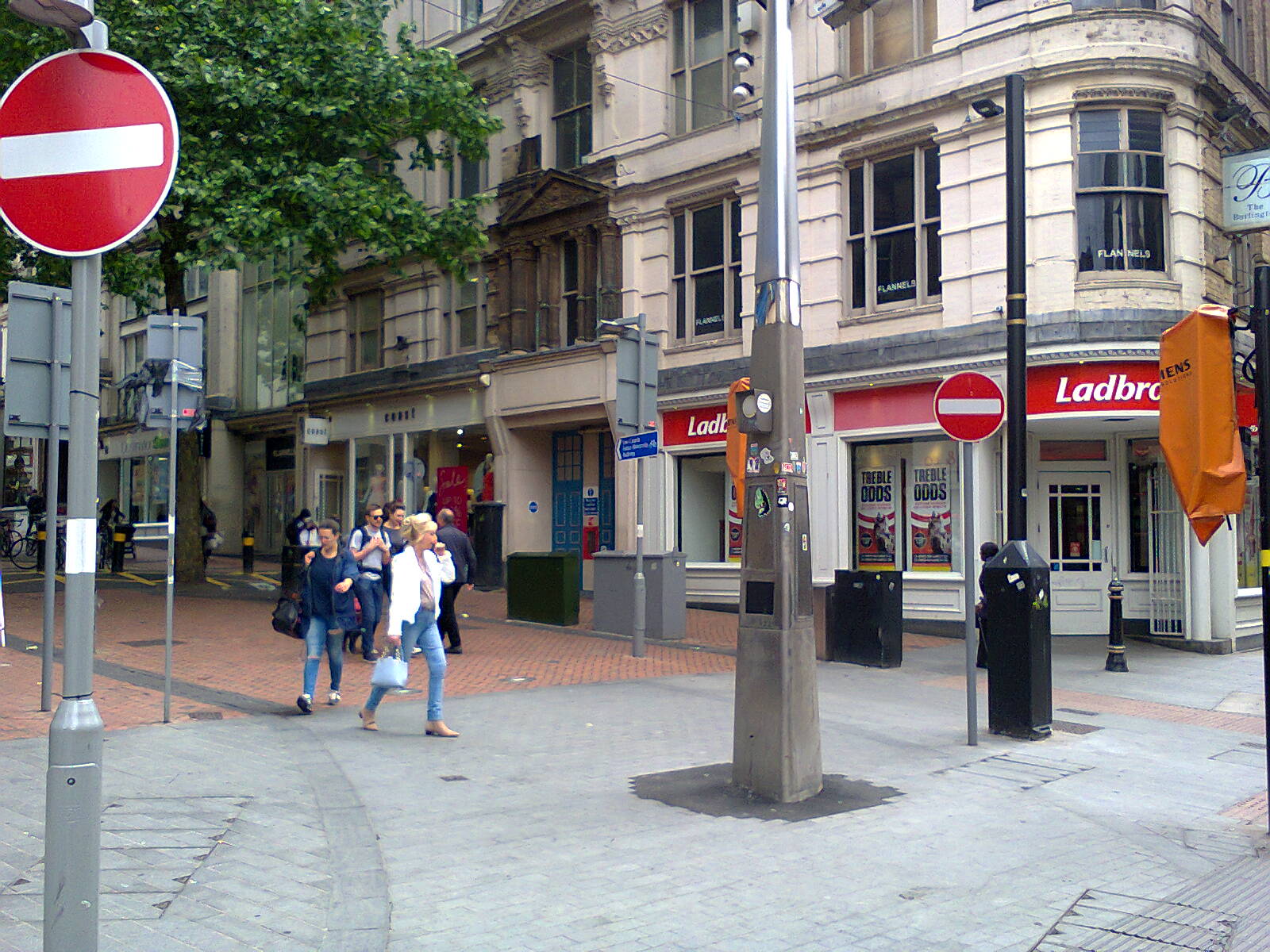
New Street

Cannon Street

Cherry Street

Cherry Street Junction with Corporation Street
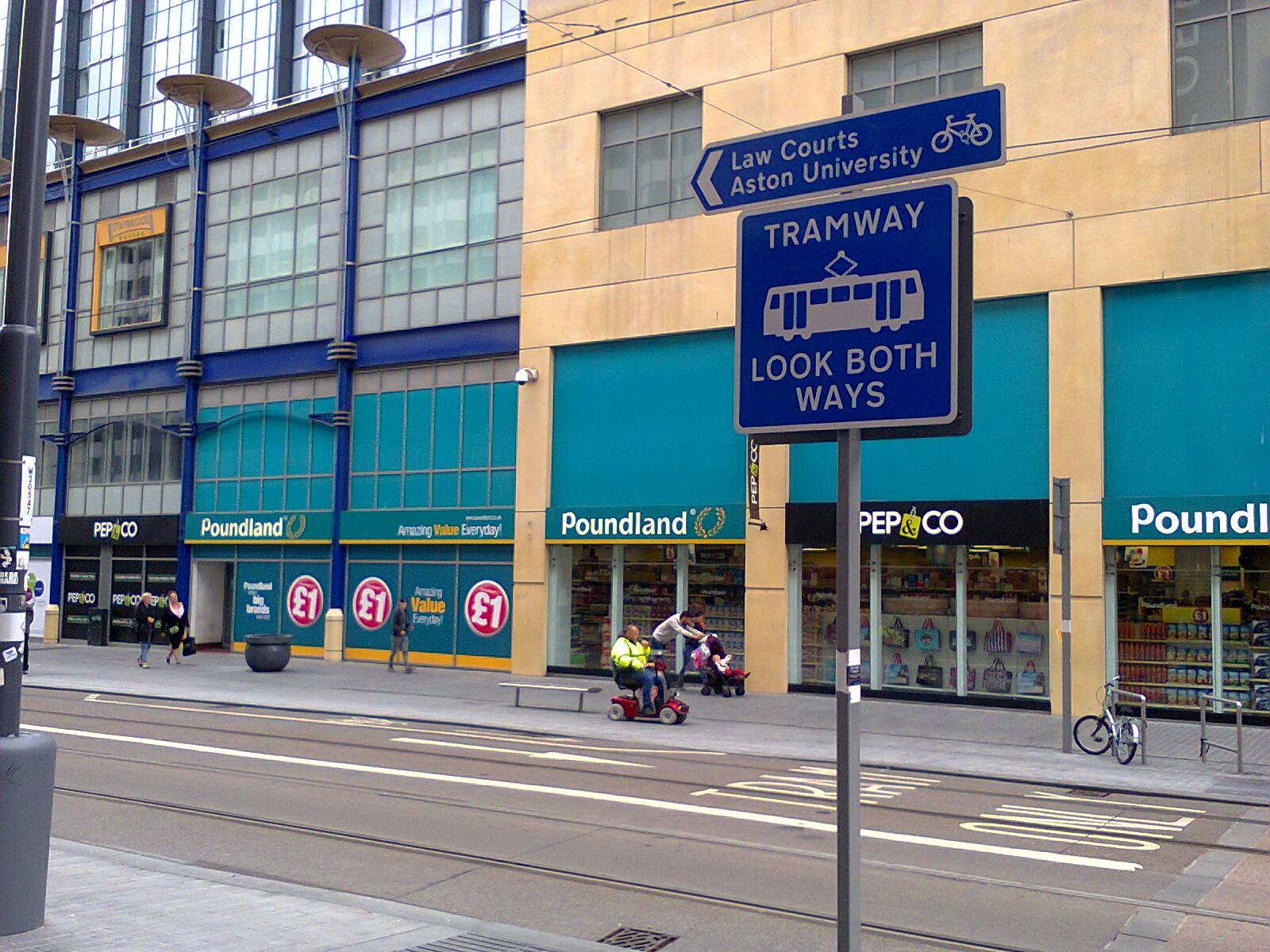
Corporation Street

Corporation Street Junction with Bull Street

Corporation Street Junction with Bull Street from a Driver's Perspective
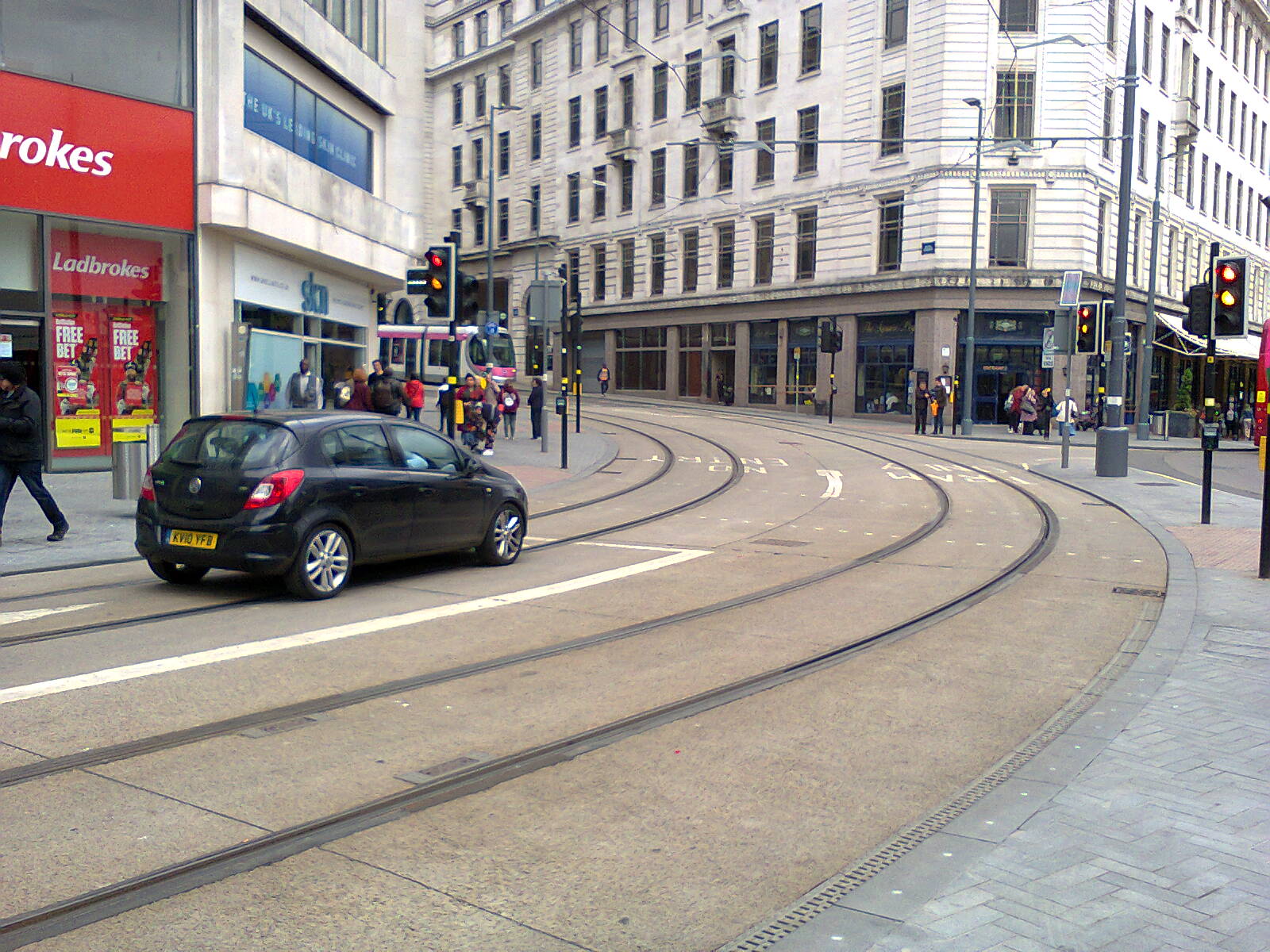
Temple Row

Bull Street Junction with Corporation Street

Corporation Street Return Journey (1)

Corporation Street Return Journey (2)

Corporation Street Junction with Bull Street Return Journey

Betfred Superhighway

E-Trike Mobility Aid
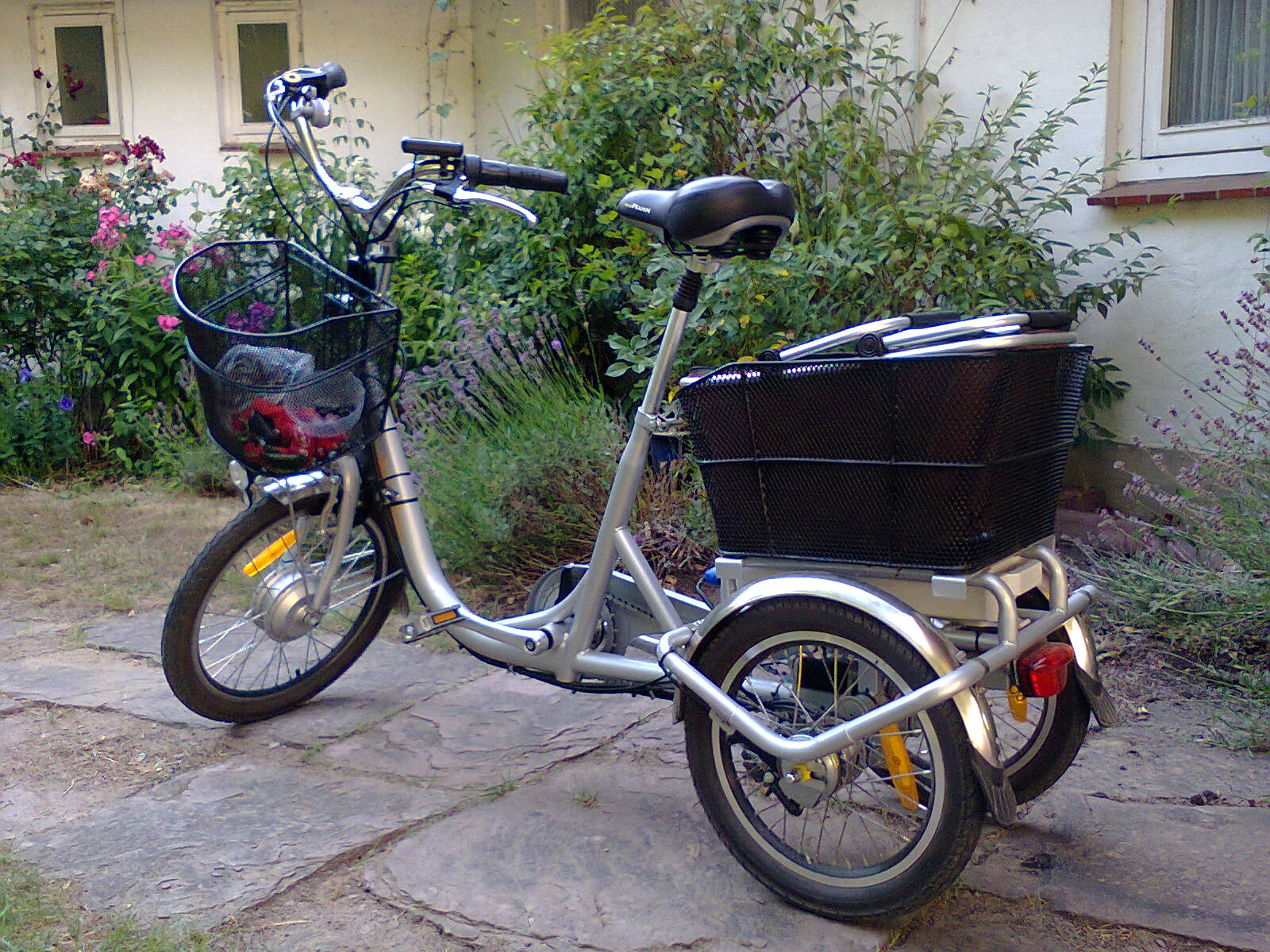
Bull Street (1)

Bull Street (2)

Colmore Row


